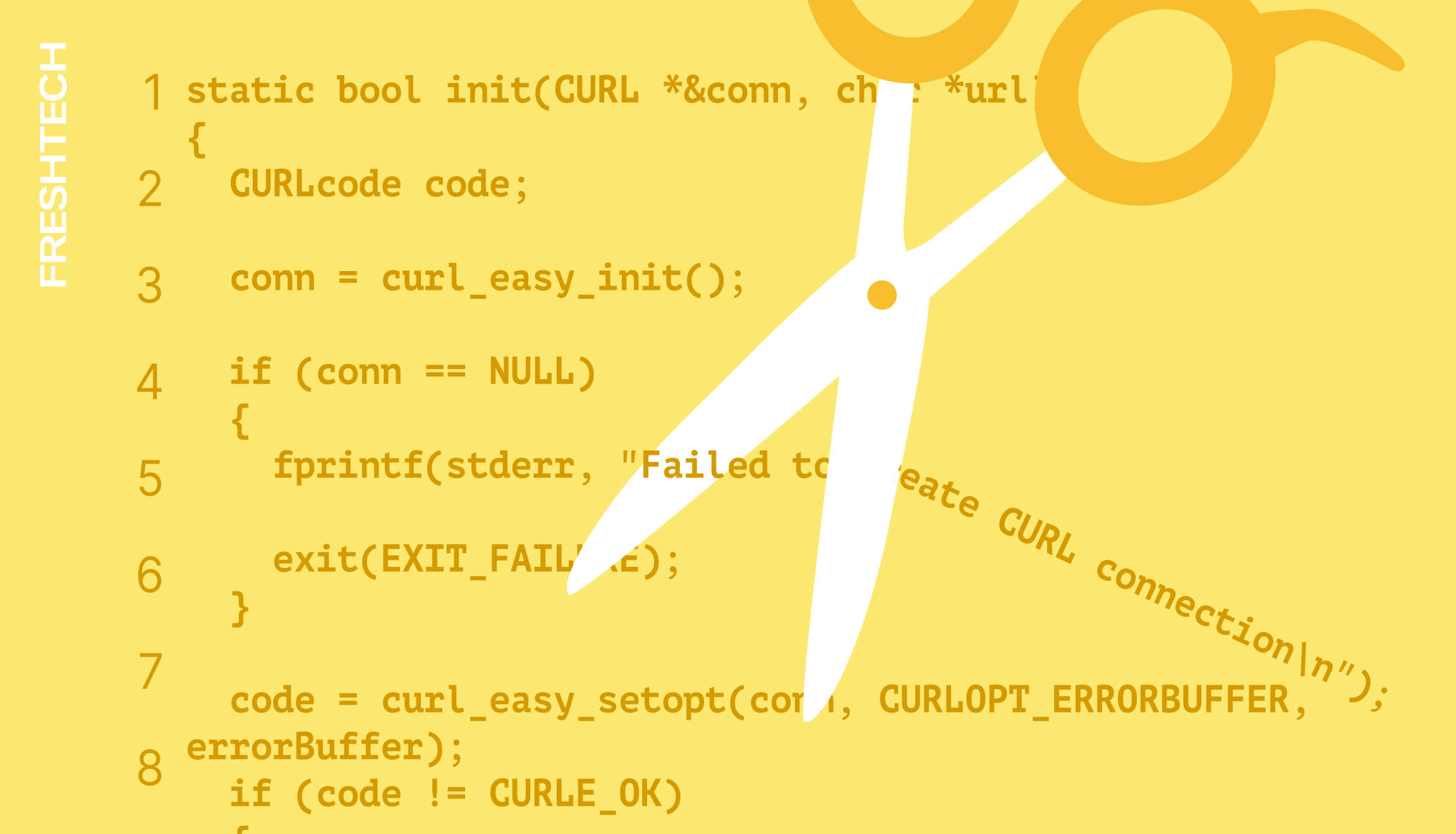Launching a Healthcare Project: Latest Trends

Healthcare is a global industry with complex dynamics and strict security requirements. Every new service or application needs to fit into an established ecosystem with its own standards and processes. What to consider before launching a healthcare project — read on in the article.
The COVID-19 pandemic accelerated the digital transformation of healthcare within just a few years. Changes that used to take years happened in a matter of months. Limited access to hospitals forced patients and doctors to quickly adapt to new formats like video consultations, online appointments, and electronic medical records.
Even after the pandemic, the demand for user-friendly and safe services remains strong, while expectations for convenience and speed have increased. Now, everything needs to work online, without waiting in queues or making phone calls — from booking a visit to a general practitioner to checking test results. At the center of all these changes are the users: patients, doctors, and clinic administrators.
Among the rapidly growing areas are telemedicine, e-prescriptions, and patient portals. These services have already become standard in both private clinics and public healthcare institutions.
Healthcare trends
Telemedicine
These are digital tools that allow doctors to work with patients remotely. Video consultations, medical chats, online questionnaires, e-prescriptions, and access to medical history through personal accounts have all become standard parts of the care process. Such services integrate with medical information systems (MIS), making it easier to interact with healthcare professionals. With the remote format, telemedicine services help reach more patients without overloading clinics.
AI and personalized therapy
AI-powered medical systems can automatically analyze large volumes of clinical data — from lab results to MRI images and medical histories. This helps form personalized treatment plans that consider not only the diagnosis but also genetic factors and even the patient’s lifestyle. Such approaches are already being used in oncology, cardiology, and neurorehabilitation.
Automation of medical processes
Modern medical information systems (MIS) include modules for managing electronic health records, scheduling, resource allocation, billing, and medication tracking. Most of these solutions support integration with laboratory information systems (LIS), PACS (for storing medical images), and third-party services. Automation speeds up workflows and reduces errors both at the level of individual clinics and across entire healthcare networks.
Launching a healthcare product: checklist
✔️ Compliance with regulations: handling medical data is governed by laws like HIPAA, GDPR, or local standards that define how to collect, store, and transfer personal information securely to prevent leaks or unauthorized access.
✔️ UI/UX design: the interface should be simple, intuitive, and stress-free, especially in situations related to health, pain, or anxiety. Everything, from visuals and text to navigation, should simplify the user’s journey and be sensitive to the nature of the healthcare environment.
✔️ Inclusivity: healthcare products should address the needs of users with visual, motor, or cognitive impairments. Following accessibility standards like WCAG (Web Content Accessibility Guidelines), interfaces must be user-friendly and barrier-free for everyone.
✔️ Infrastructure reliability: high demands for uptime, security, and system performance, especially when handling critical information or supporting real-time doctor-patient interactions.
✔️ Scalable architecture: the system should support growth in user numbers, new roles (e.g., doctors, partners, administrators), and integration with third-party services without needing core redesign.
✔️ Third-party integrations: working with medical systems, laboratories, insurance providers, or telemedicine platforms requires support for APIs, data exchange standards (such as HL7, FHIR), and strict access control.
Launching a healthcare product involves complex integration into an already established, dynamic ecosystem. Success depends on the ability to quickly adapt and respond to the needs of users — patients, doctors, and administrators. Standard solutions don’t always fit here, as the system needs to be flexible, easily scalable, and able to integrate with necessary services. This approach results in solutions that seamlessly complement the healthcare system and provide real value to both patients and professionals.
Got an idea for a healthcare product? Leave your contact details in the form, and our manager will get in touch to offer the best solution for your business needs.




















